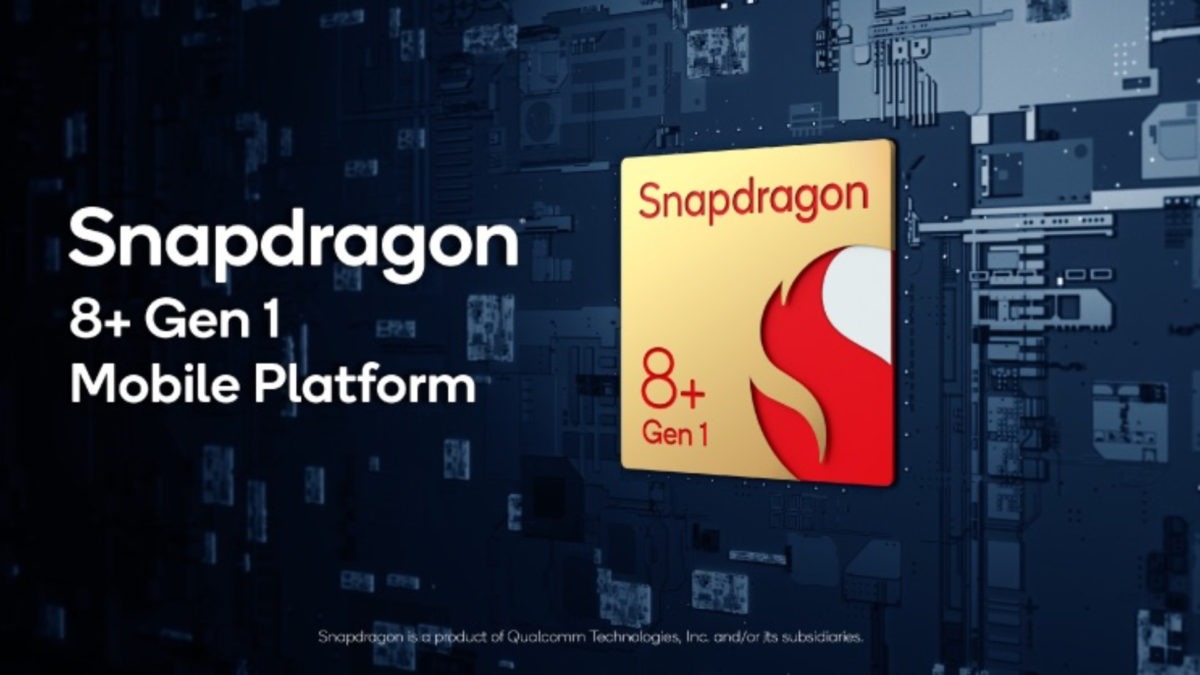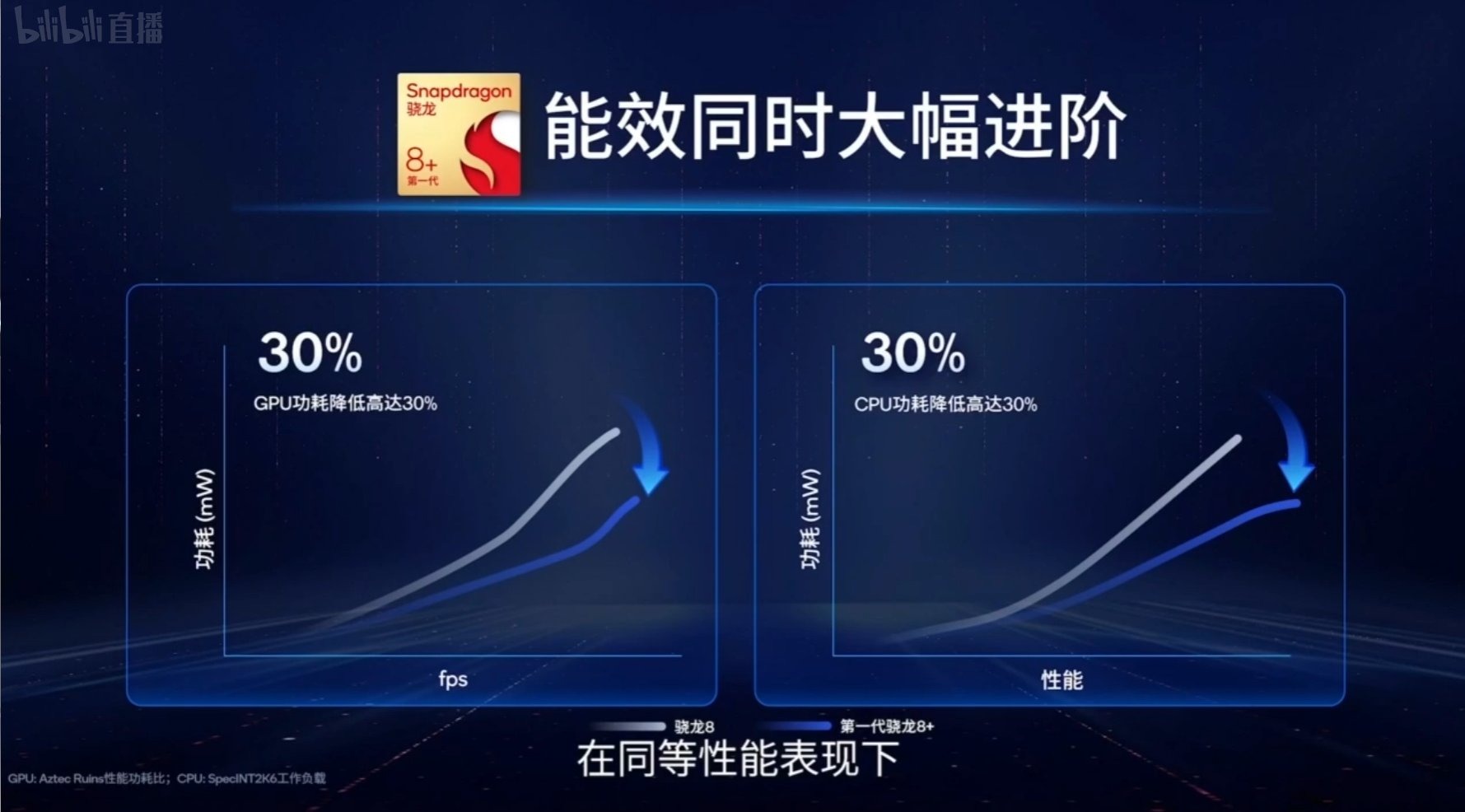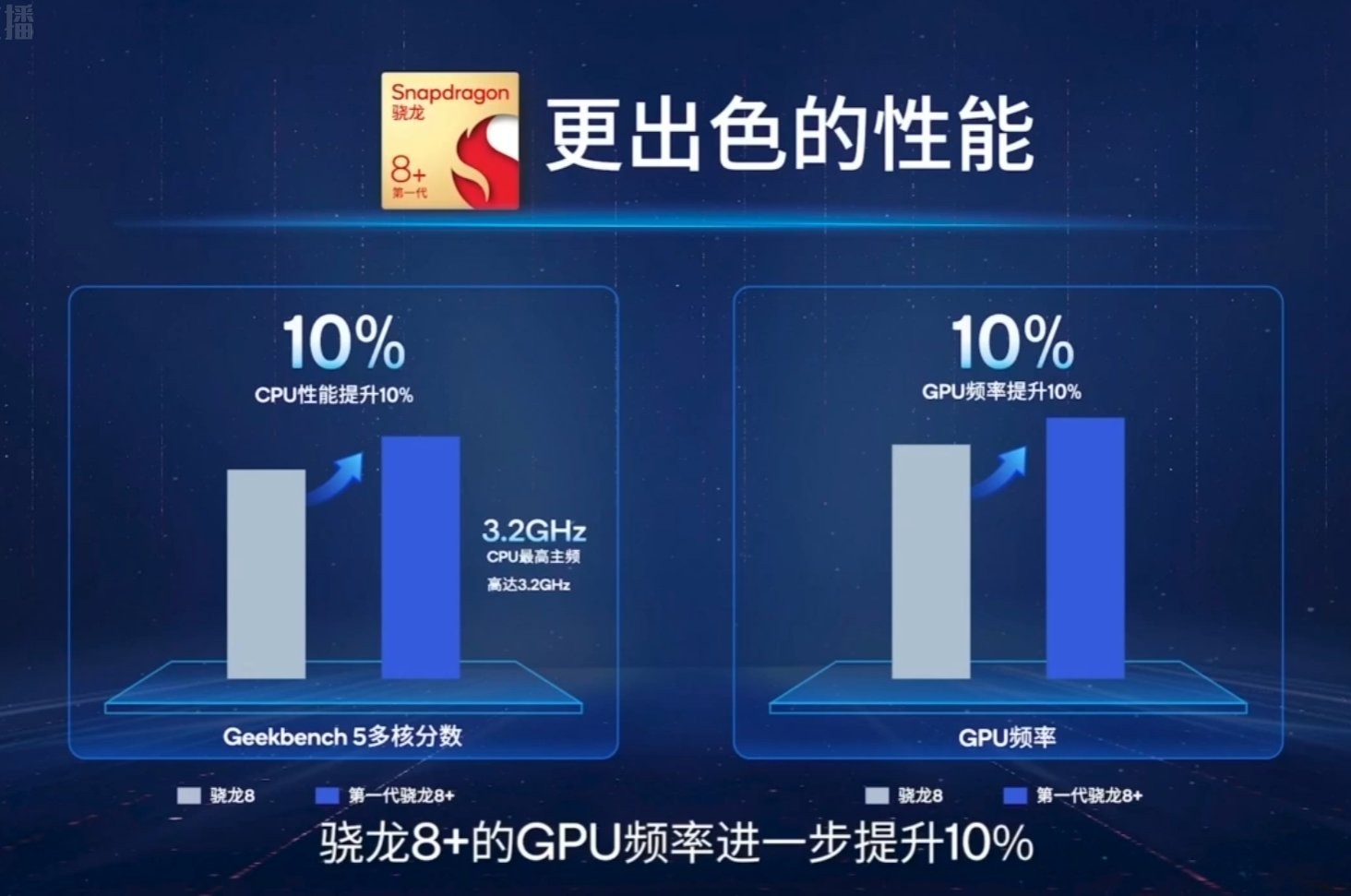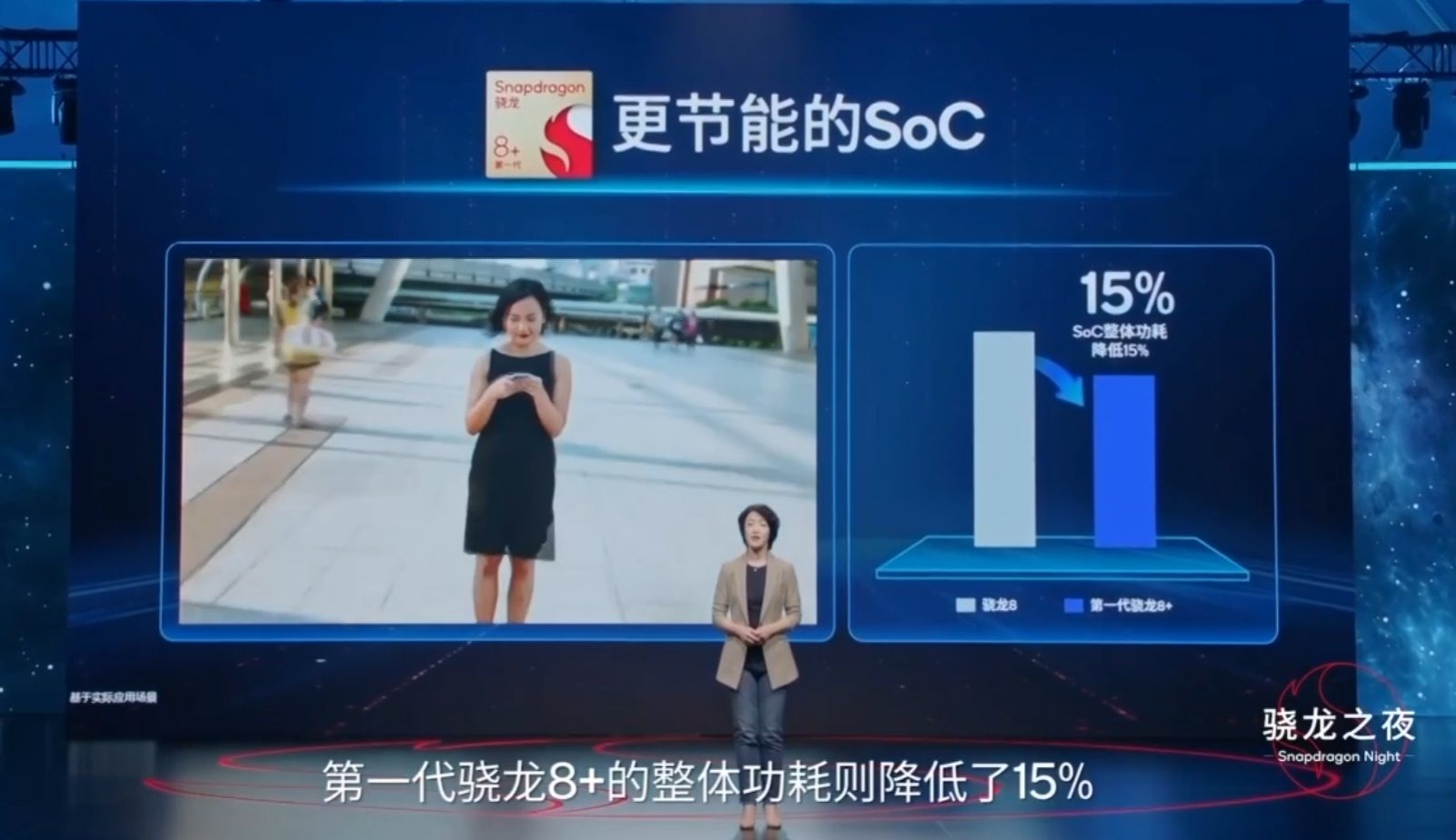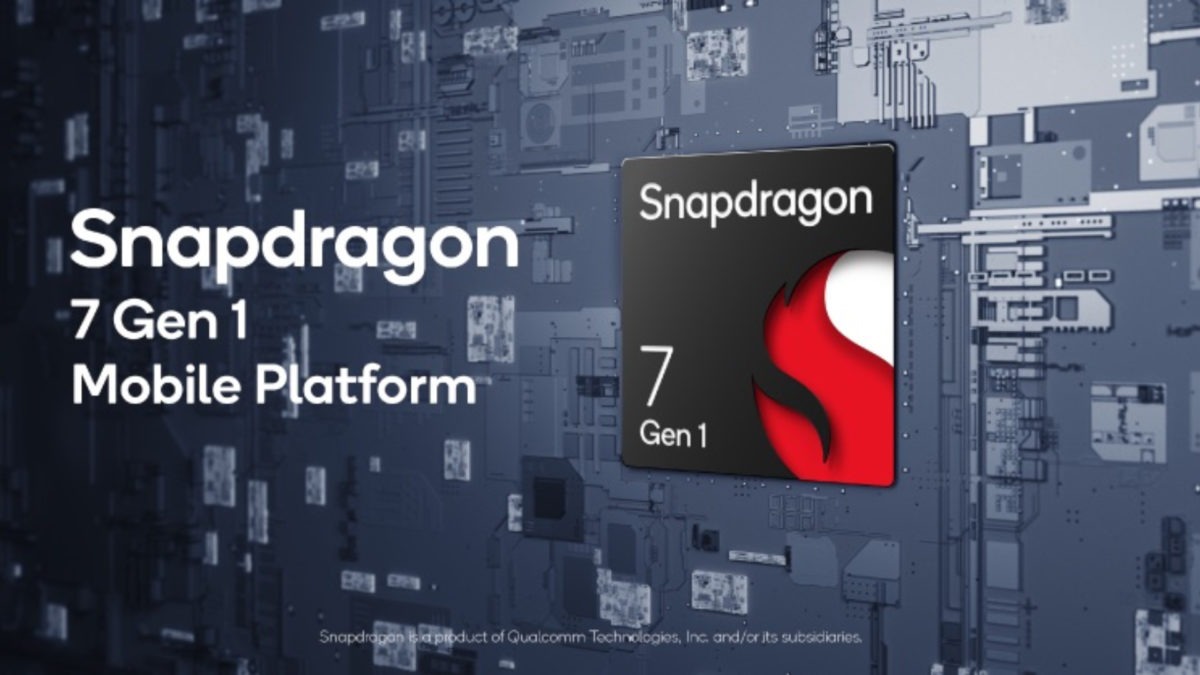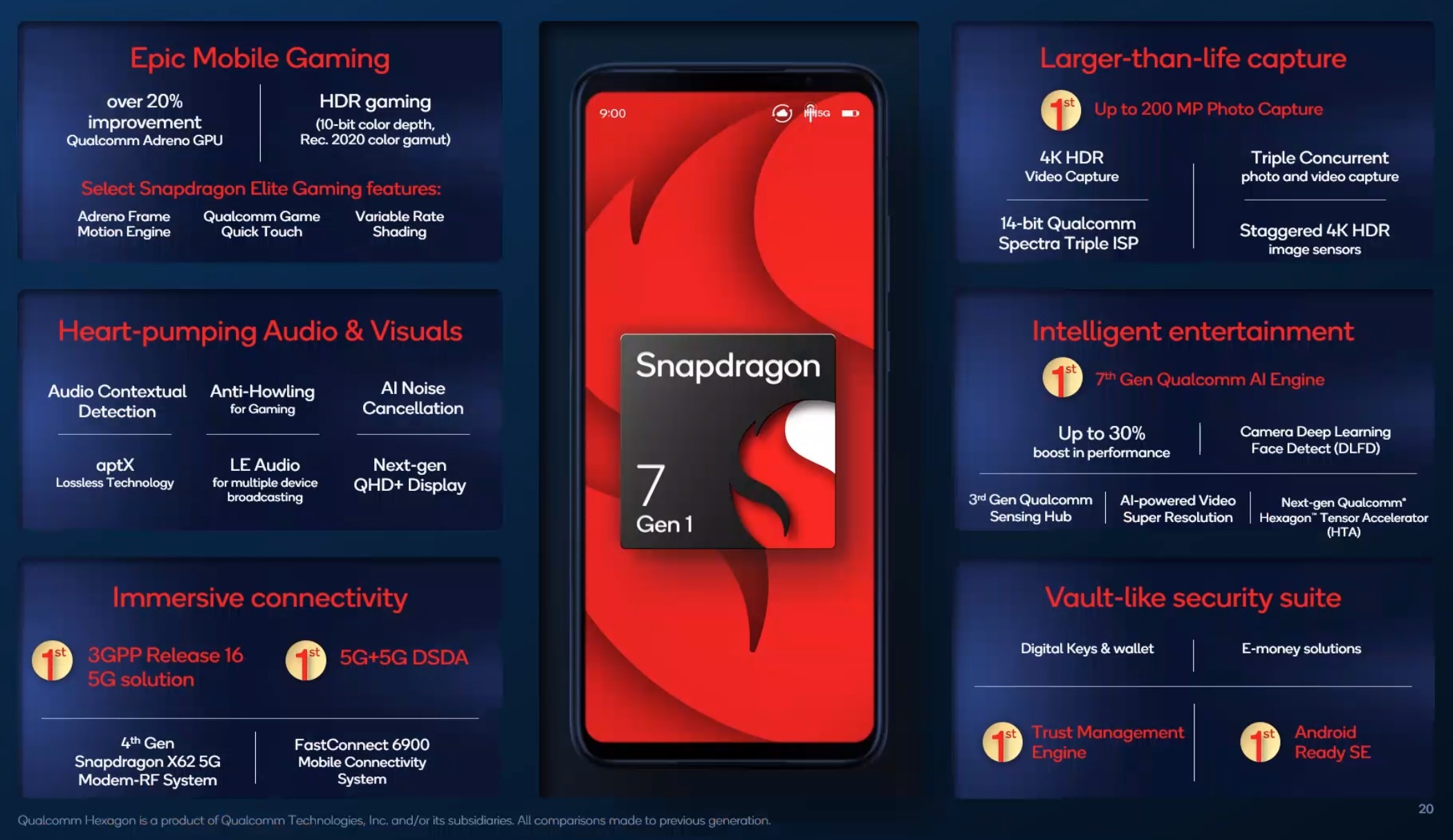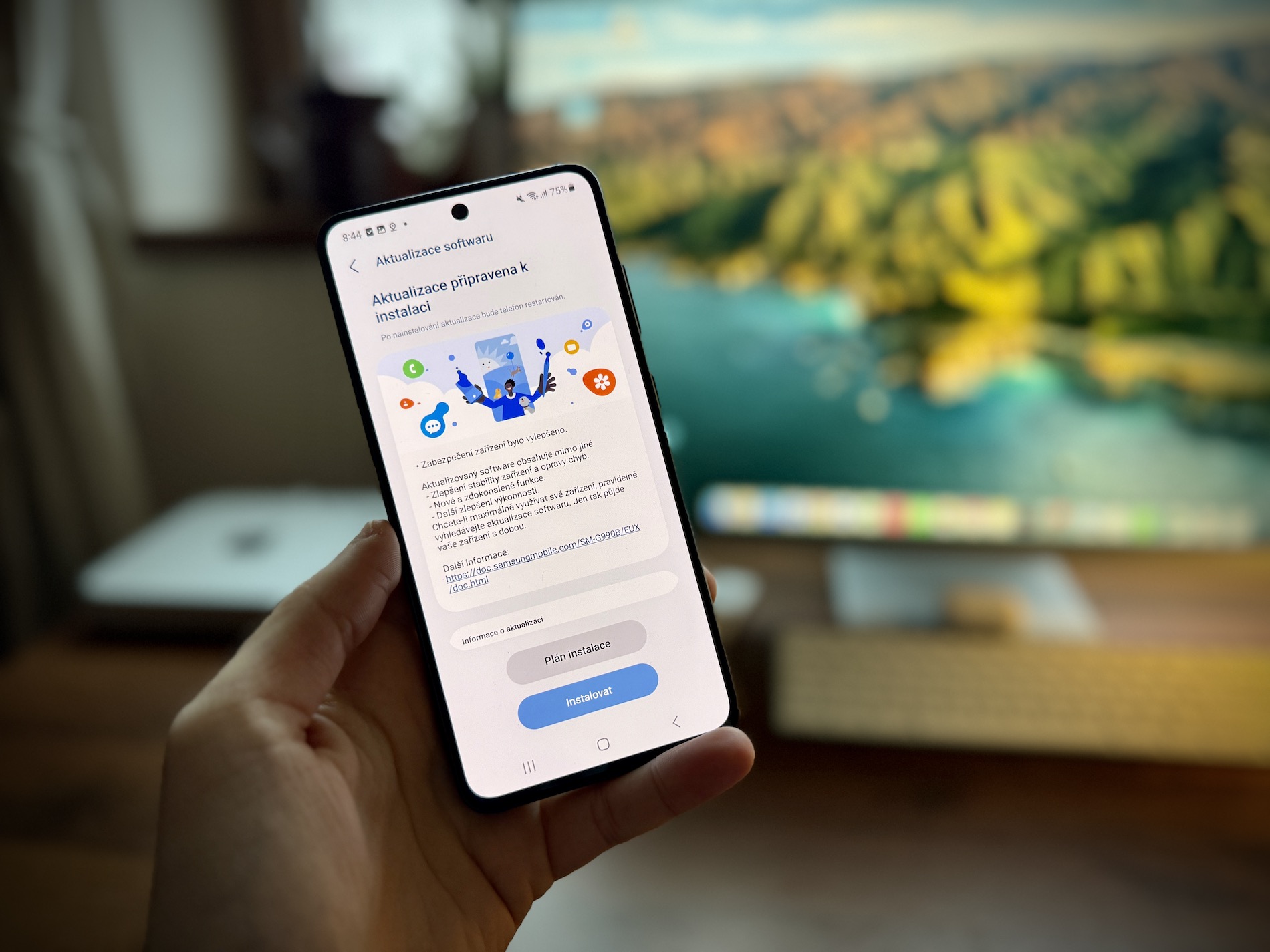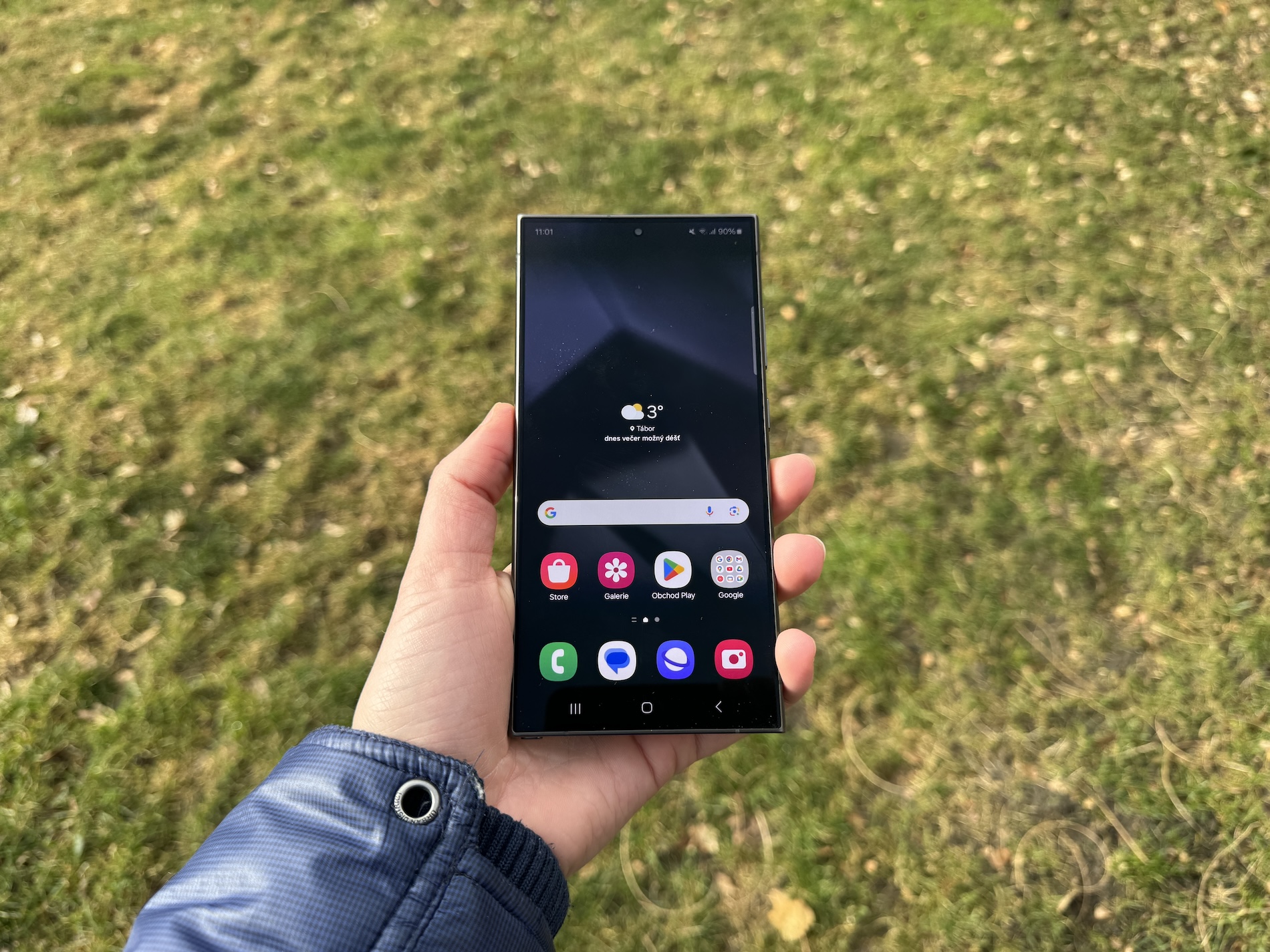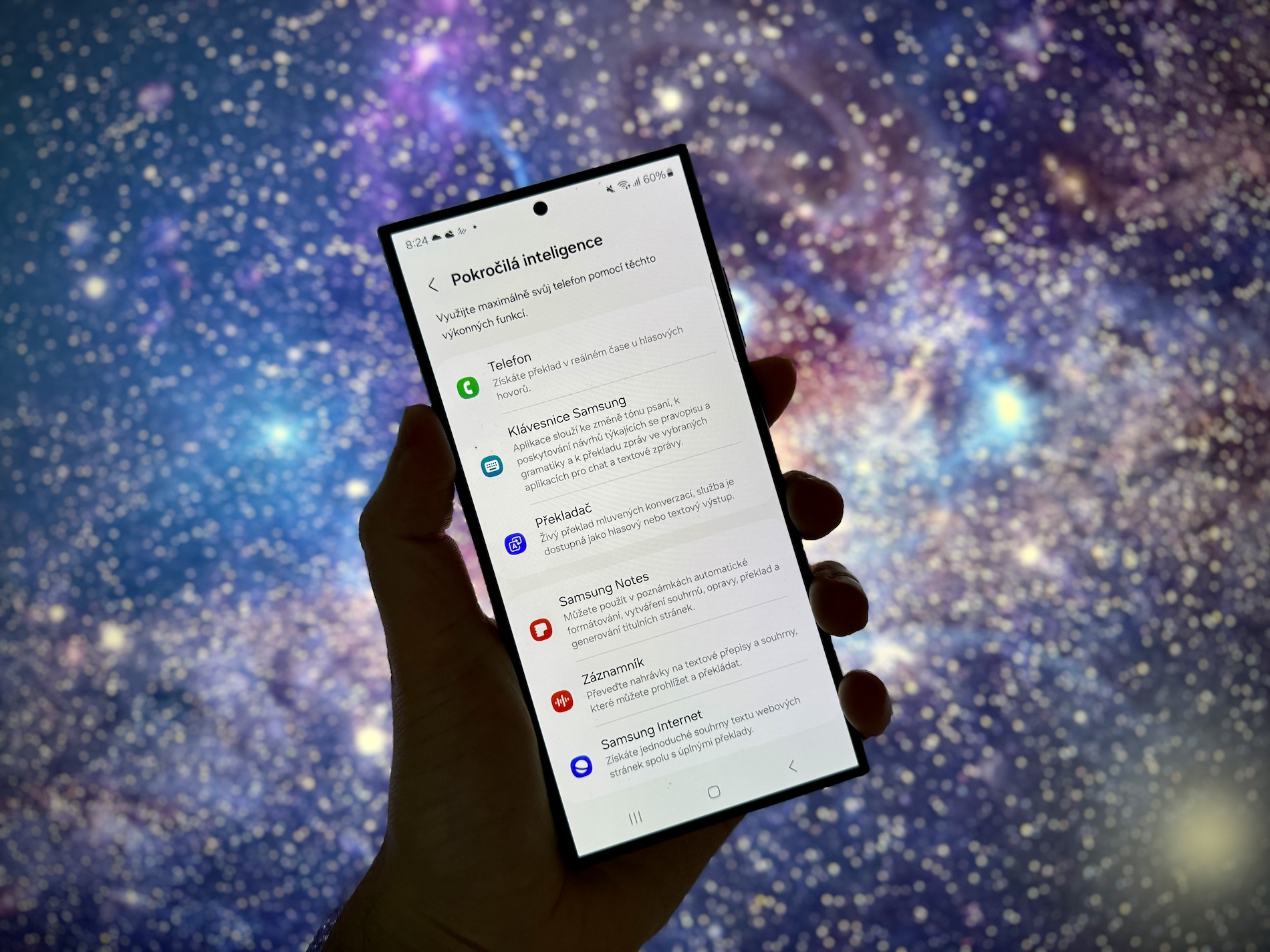Qualcomm launched the new Snapdragon 8+ Gen 1 and Snapdragon 7 Gen 1 chips. The first mentioned is the successor to the Snapdragon 8 Gen 1, the second the successor to the popular mid-range Snapdragon 778G chipset.
Snapdragon 8+ Gen1
The main advantage of Snapdragon 8+ Gen 1 compared to its predecessor is higher energy efficiency. The chip is manufactured using TSMC's 4nm process, which according to Qualcomm brings 15% better efficiency. The frequencies of the processor cores and graphics chip have been increased by 10%. Snapdragon 8+ Gen 1 has one super-powerful Cortex-X2 core with a clock speed of 3,2 GHz, three powerful Cortex-A710 cores with a frequency of 2,75 GHz and four economical Cortex-A510 cores with a clock speed of 2 GHz. The Adreno 730 graphics chip runs at a frequency of 900 MHz and Qualcomm claims to have reduced its power consumption by 30%.
The chipset supports displays with 4K resolution at a refresh rate of 60 Hz or displays with QHD+ resolution at a frequency of 144 Hz. There is also HDR support when playing. The triple 18-bit Spectra image processor supports sensors with a resolution of up to 200 MPx and video recording with a resolution of 4K at 120 frames per second or 8K at 30 fps. There is no lack of HDR support here either.
Other features of the Snapdragon 8+ Gen 1 remain similar to those of its predecessor. It is equipped with a Snapdragon X65 5G modem that supports millimeter waves (2×2 MIMO) and Sub-6GHz band (4×4 MIMO) and a maximum download speed of 10 GB/s. Furthermore, the chipset supports wireless standards Wi-Fi 6E, Bluetooth 5.3 (LE Audio, aptX, aptX Adaptive and LDAC) and NFC as well as various biometric authentication systems (namely face, fingerprint, iris and voice). The new chip is expected to be used in Samsung's next flexible phones Galaxy From Fold4 a From Flip4. It will reportedly be the first to be equipped with a smartphone Motorola Frontier, which should be released in June.
You could be interested in
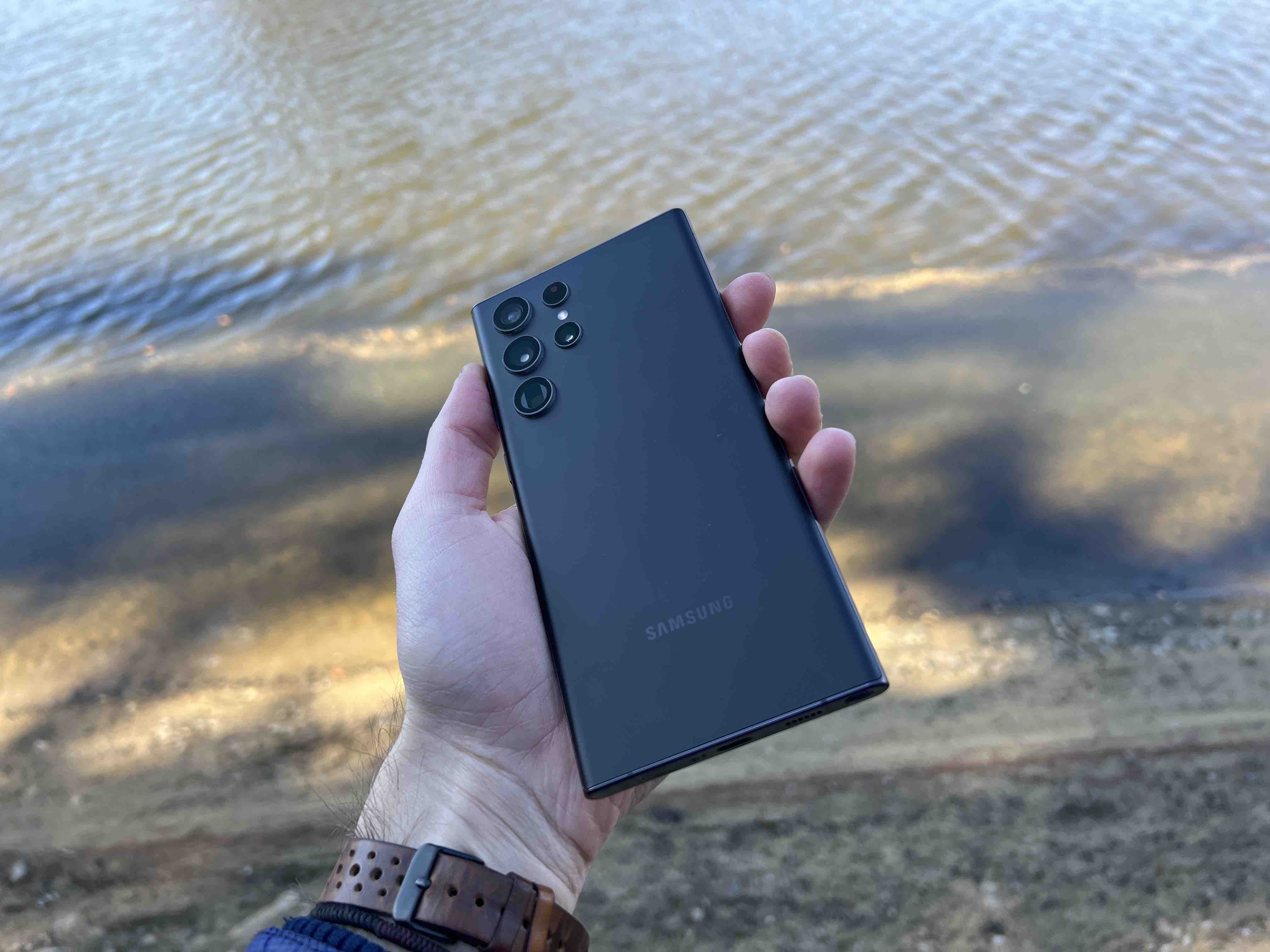
Snapdragon 7 Gen1
Snapdragon 7 Gen 1 is also produced by the 4nm process, but this time not by TSMC, but by Samsung. It is equipped with one Cortex-A710 core clocked at 2,4 GHz, three Cortex-A710 cores with a frequency of 2,36 GHz and four economical Cortex-A510 cores with a frequency of 1,8 GHz.
The new chip is part of the Snapdragon Elite Gaming series and, according to Qualcomm, it delivers 20% better graphics performance than the Snapdragon 778G. It boasts features such as Adreno Frame Motion Engine, Qualcomm Game Quick Touch, HDR or VSR (Variable Rate Shading). It supports displays with QHD+ resolution at 60Hz or FHD+ at 144Hz.
Its triple 14-bit Spectra image processor supports 200MPx cameras (or a dual 64MPx and 20MPx setup or a triple 25MPx configuration) and enables video recording in up to 4K resolution at 30fps. There is also support for HDR10, HDR10+, HLG and Dolby Vision standards.
You could be interested in
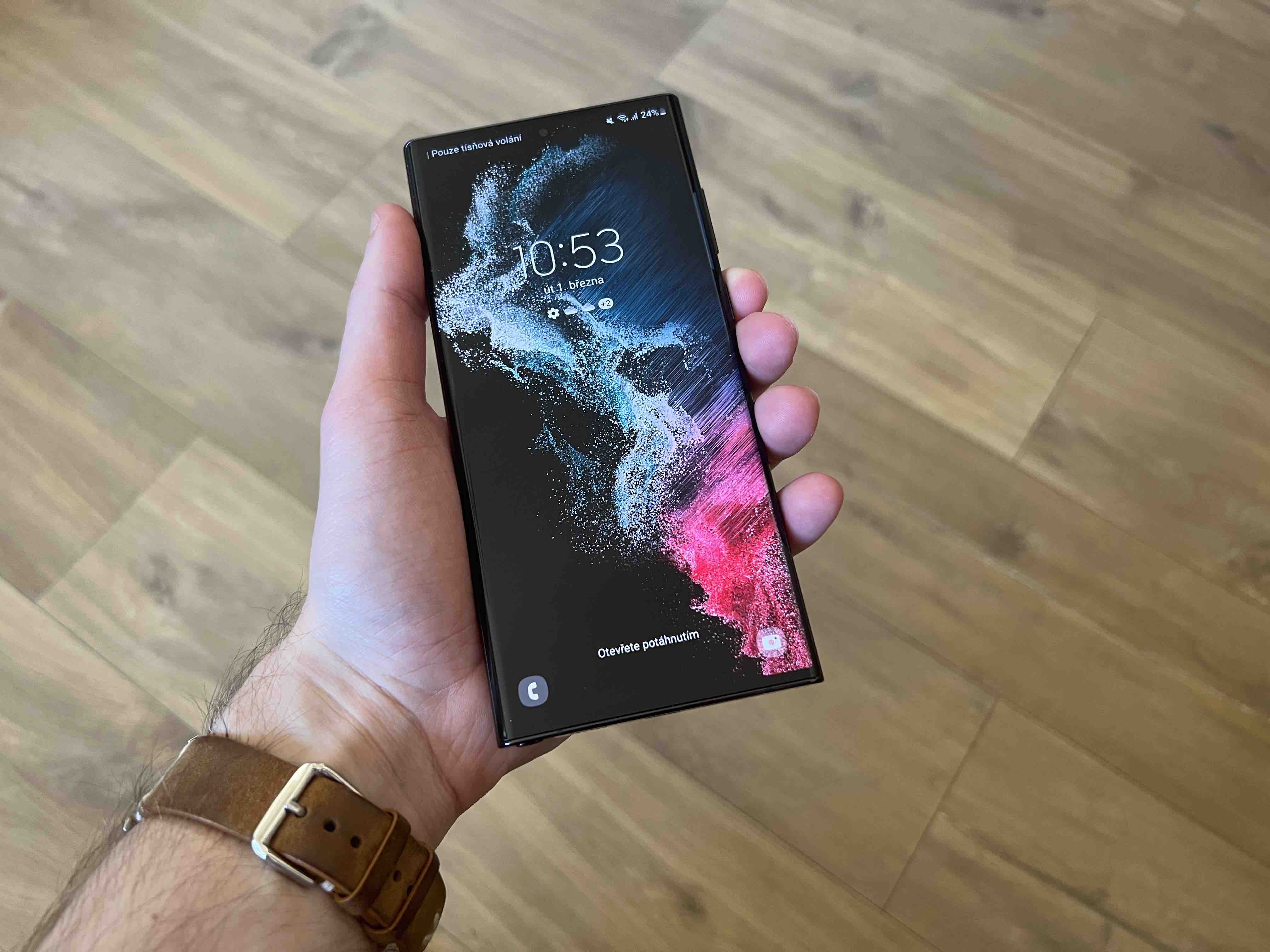
The chipset has a Snapdragon X62 5G modem with support for millimeter waves (4CA, 2×2 MIMO) and Sub-6GHz (4×4 MIMO) and a maximum download speed of 4,4 GB/s. Like Snapdragon 8+ Gen 1, it supports Wi-Fi 6E, Bluetooth 5.3 and NFC standards. Other features include support for biometric authentication, Quick Charge 4+ charging standard, Digital Keys, Digital Wallet and up to 16 GB of LPDDR5 operating memory.
Snapdragon 7 Gen 1 will be used by Xiaomi, Oppo and Honor smartphones, which should appear on the scene starting from the 2nd quarter of this year. This chip would also be a great fit for upcoming Samsung smartphones like Galaxy A74 or Galaxy S22FE.
